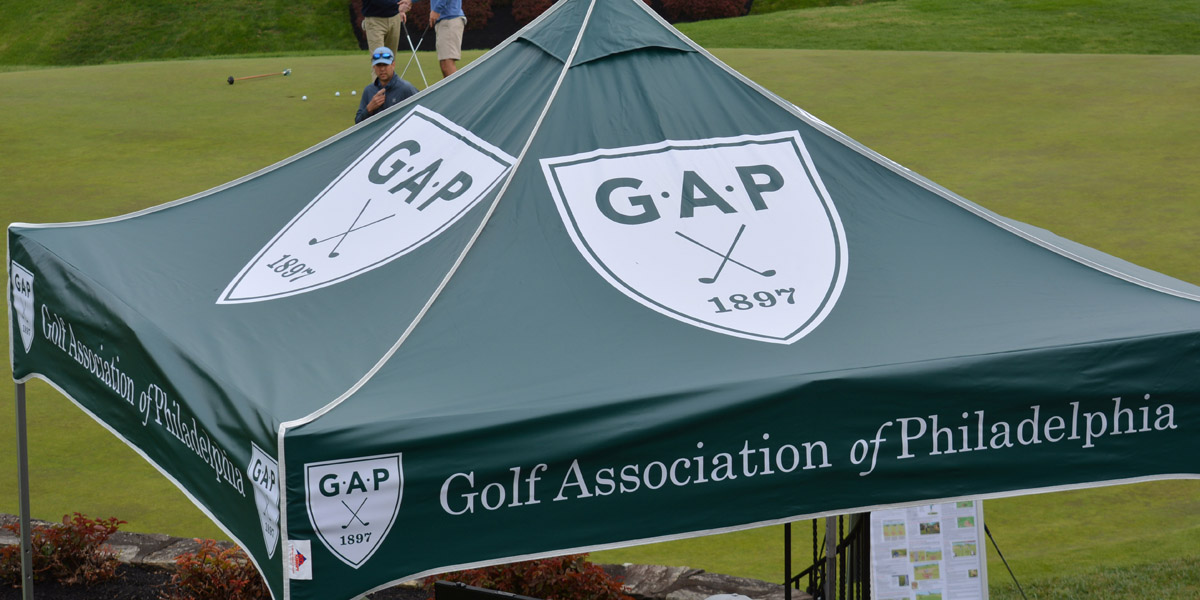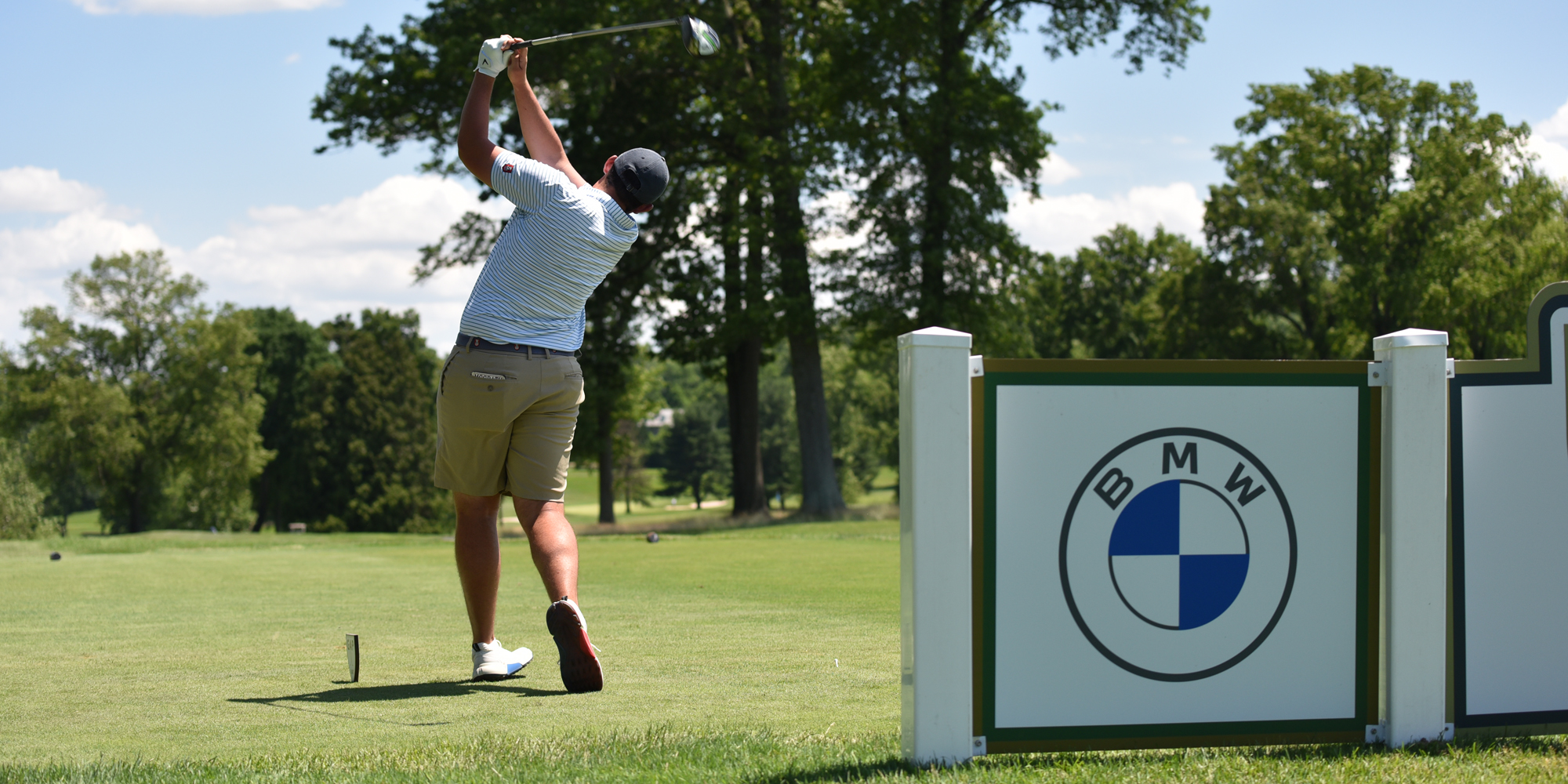|
Philadelphia-region greens on the road to winter recoveryWhile most of us have made it out of this never-ending cold season unscathed, courses in the Philadelphia region that feature Poa annua greens can barely say the same. Despite an average snowfall (25 inches) this winter, damage to greens is significant across the region, especially in the Bucks, Northern Chester and Montgomery counties. Many courses are suffering from widespread damage to putting surfaces for the first time since the mid-1990s. There are two grass species grown for putting green turf in the Philadelphia region: Creeping Bentgrass and Annual Bluegrass, also known as Poa annua. The most significant damage has come to courses that strictly utilize Poa annua greens, according to Steve McDonald, President of Turfgrass Disease Solutions in Spring City, Pa. “Creeping Bentgrass tends to survive environmental extremes like ice, cold and heat better than Poa annua. Poa annua can be an outstanding putting surface, however, it is sensitive to environmental extremes,” said McDonald. During the months of January and February, heavy and freezing rainfall formed an ice layer that measured four to six inches thick on some greens in the region. This damaging ice layer persisted for greater than 30 days on some frozen soil surfaces. “Snow acts as an insulator to the grass and also allows oxygen exchange, when compared to ice. During the winter, turfgrass requires oxygen, and the winter damages that are currently being observed appear to be related mainly to ice,” McDonald said. Philmont Country Club Superintendent Joe Owsik said the club has suffered severe damage to 12 of its 36 holes this year. Last winter, Philmont had little to no damage. “The ice doesn’t form from falling from the sky. Water runs through the surface, freezes and thaws, and causes severe damage,” Owsik said. Oddly enough, the healthiest greens at Philmont are the ones surrounded by evergreen trees. “We have greens on the South Course that have evergreens around them, and they have little to no damage,” Owsik said. “It looks like there is enough winter shade from the evergreens so the snow never melts in those areas and those holes were the last to clear. The grass was actually green underneath these.” Some of greens that McDonald has observed this year are also permeating a foul odor – an alarming red flag for any superintendent. “This odor indicates anoxia, a lack of oxygen, which is likely due to the ice layer on top of the frozen soil,” said McDonald. Additional winter-weather conditions are adding insult to injury. “There is no rhyme or reason for the damage. It’s a culmination of factors over a three-month period that causes it, but most of ours was due to the wind,” said Larry Schlippert, superintendent of Commonwealth National Golf Club. Wind damage is also referred to as desiccation, or drying of the leaf tissue. “Luckily, this desiccation damage will recover much quicker than damage caused by ice. I believe most of the wind-related issues will recover slowly over the next two to three weeks,” McDonald said. While there aren’t many proven remedies for winter injury to greens, one essential piece of advice is being stressed to courses that were heavily affected: patience, patience and more patience. “Patience and communication are the two biggest keys to recovery this spring. I believe that a lot of the damage will recover. However, it will be a slow transition,” McDonald said. “Pushing the greens for speed early in the season will likely delay recovery and could lead to weaker turf going into the summer season. Trafficking weak turf, especially when it is dormant, will delay recovery into May.” Schlippert is preaching a patient mindset to golfers at Commonwealth National while also communicating with the club's adminstration. “There are a lot of factors that membership and management have to understand that go into the decisions on what has to be done for the good of the course. Our practices are going to change according to what type of recovery we are seeing,” Schlippert said. At this point in the process, Owsik has no recovery timetable for the damaged greens at Philmont. The club has opted to open the season with three temporary greens. “It’s more like months instead of weeks because April is generally a pretty slow month. We’re a couple weeks behind in growth this April,” said Owsik. “At this point, it’s really hard to tell. We’re trying to be optimistic but I think we need to be realistic.”
Golf Association of Philadelphia
|
About
Founded in 1897, GAP continues to champion golf for the benefit of the game in its region and beyond.
About HomeA Walk Through Time
GAP is the oldest state or regional golf association in the country. It started courtesy of a friendly competition – the Team Matches – and has grown into the preeminent golf association in the country. Along the way, golf history has been made.



